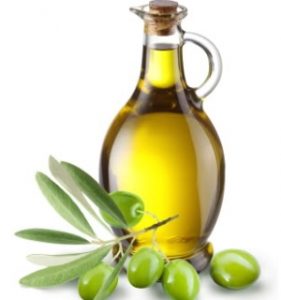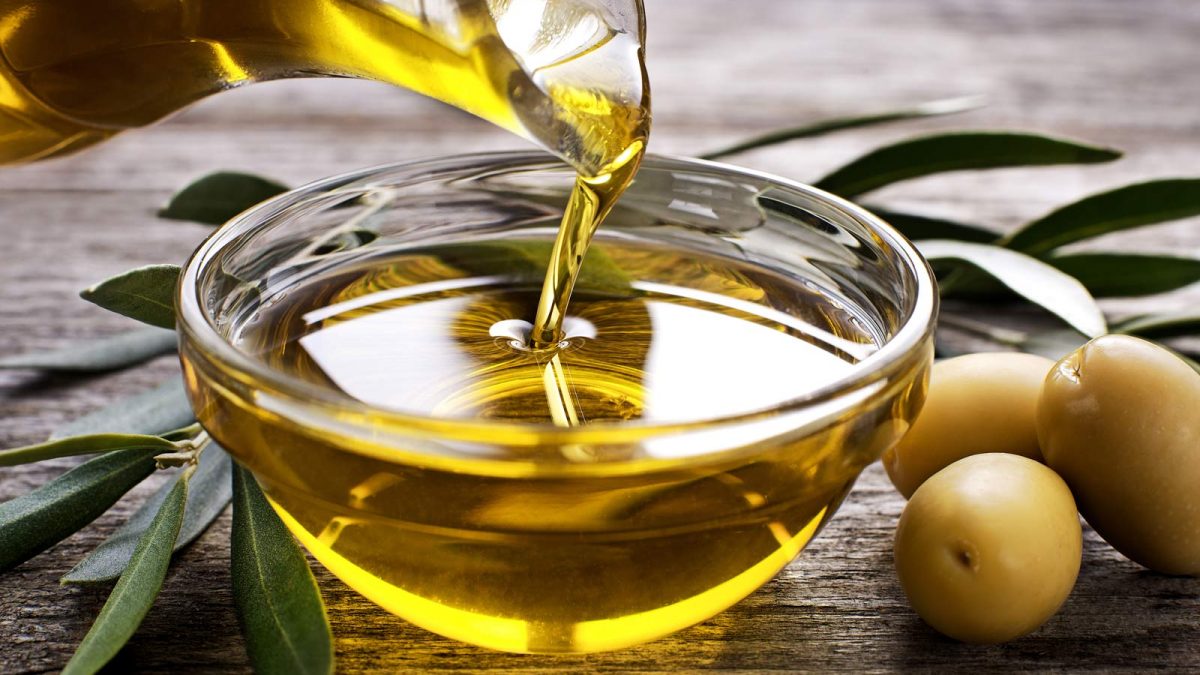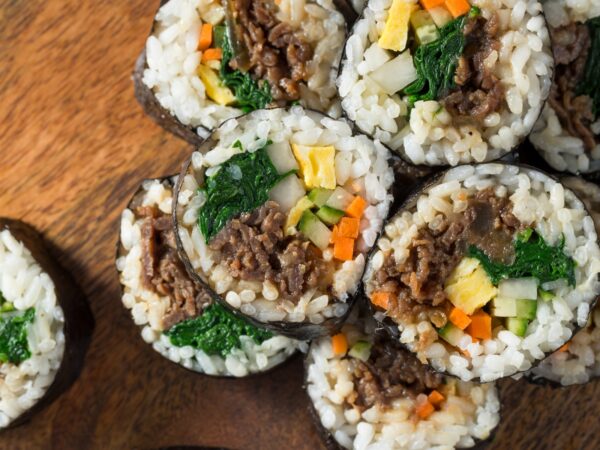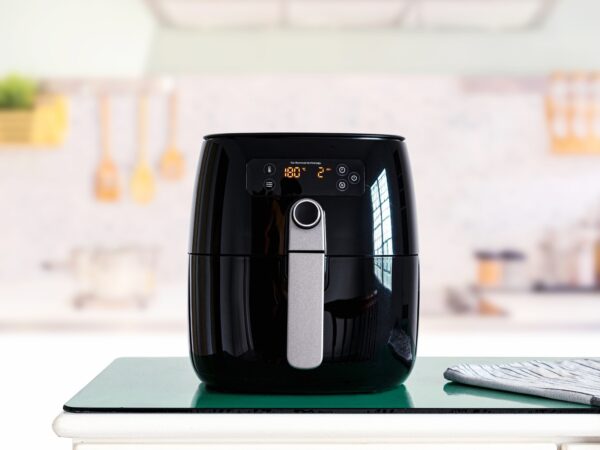Fake Olive Oil? 4 Ways to Tell If Your Olive Oil is Legit
Olive oil has long been prized for the rich flavor it provides to a wide variety of foods – from meats and fish to vegetables and even baked goods. And in recent years, scientists have discovered that the benefits of olive oil go far beyond culinary.
Rich in monounsaturated fats and antioxidant nutrients called polyphenols, olive oil has been found to:
- Increase levels of beneficial HDL cholesterol
- Reduce body fat, specifically dangerous belly fat
- Slash the risk of metabolic syndrome
- Improve blood sugar balance and long term glycemic control
- Boost satiety, benefiting weight loss efforts
- Reduce inflammation
- Lower blood pressure
- Reduce the risk of some forms of cancer
However, the unsettling fact is that the “olive oil” you’re using may very little olives at all.
Fake Olive Oil: A Harmful Food Masquerading as Healthful
This fraud has been confirmed by independent tests at the Olive Center, associated with the College of Agriculture and Environmental Sciences at UC Davis. Tests conducted in Australia in 2012 also confirmed these findings. Just last month, the Olive Oil Times reported the imprisonment of two Spanish businessmen for selling hundreds of thousands of liters of “faux” extra virgin olive oil.
In fact, Tom Mueller, author of “Extra Virginity: The Sublime and Scandalous World of Olive Oil” estimates that 60 percent of the extra virgin olive oil sold globally has been adulterated with low quality oils and colorants.
In an article on this food fraud, CBS News reports:
Consumers who think they’re buying one of the healthiest foods on the planet often get something very different.
Something different, indeed!
Manufactures of fake olive oil use predominantly (70-80%) highly refined, omega-6 rich oils including safflower, sunflower, canola, soybean or hazelnut oil in addition to 20-30% olive oil. Chlorophyll and beta-carotene are added to create the characteristic golden or greenish appearance of a true “extra virgin” olive oil.

And while the flavor and color may come close to that of an extra virgin, the effects on your body are anything but. The type of fat you eat affects every aspect of your health – your mood and mental clarity, your circadian rhythms, the constriction or dilation of your blood vessels, whether you store calories as fat or burn them as fuel, the fluidity or stiffness of your joints, the tone and texture of your skin, and even whether your genes are primed to fight cancer… or promote it.
A diet that is rich in omega-6 fats – like those found in “faux” or fake olive oil – has been found to:
- Increase systemic inflammation
- Suppress the immune system
- Promote free radical damage
- Encourage the storage of calories as fat
- Promote cell proliferation and the risk of some forms of cancer
That’s why it is essential that you purchase your olive oil from a reputable source.
Ensuring Your Olive Oil is REAL
Here are a few ways to help ensure you’re getting the highest quality, real extra virgin olive oil.
Most importantly:
Know the source.
The best way to ensure your olive oil is authentic is to choose artisan or locally-produced olive oils. Those produced by domestic small family farms pass the tests of authenticity.
Look for designations.
Denominazione d’Origine Protetta (DOP) in Italy, Appellation d’Origine Contrôlée (AOC) in France and Denomination of Origin (DOP) throughout the European Union (EU) give you assurance that the products was produced and processed in that specific region. The California Olive Oil Council (COOC) and International Olive Council (IOC) certify high quality extra-virgin olives oils based on taste and quality.
In addition:
Read the harvest date.
Choose oils from this year’s harvest if possible. Otherwise, check the “best by” date. Don’t use oils that that were bottled more than two years ago.
Choose opaque or tinted bottles.
Real olive oil degrades easily due to light and heat. So choose bottles that block light and store the product in a dark cabinet or pantry. Also, only buy a quantity that you’ll use within a few months.
Go for flavor, not color.
High quality olive oils come in a variety of shades, so color is not the most important determinant. If you are able to sample, be sure to avoid off flavors (ie- metallic, moldy, greasy, meaty and cardboard)
Buy “extra virgin” only. “Pure” or “light” oil, “olive oil” and “olive pomace oil” have all undergone chemical refinement.
When it comes to olive oil, buy the highest quality you can find and use for drizzling or salad dressings. For cooking, opt for oils that hold up better under heat including virgin coconut oil, grass-fed ghee, tallow and lard.






Leave a Reply